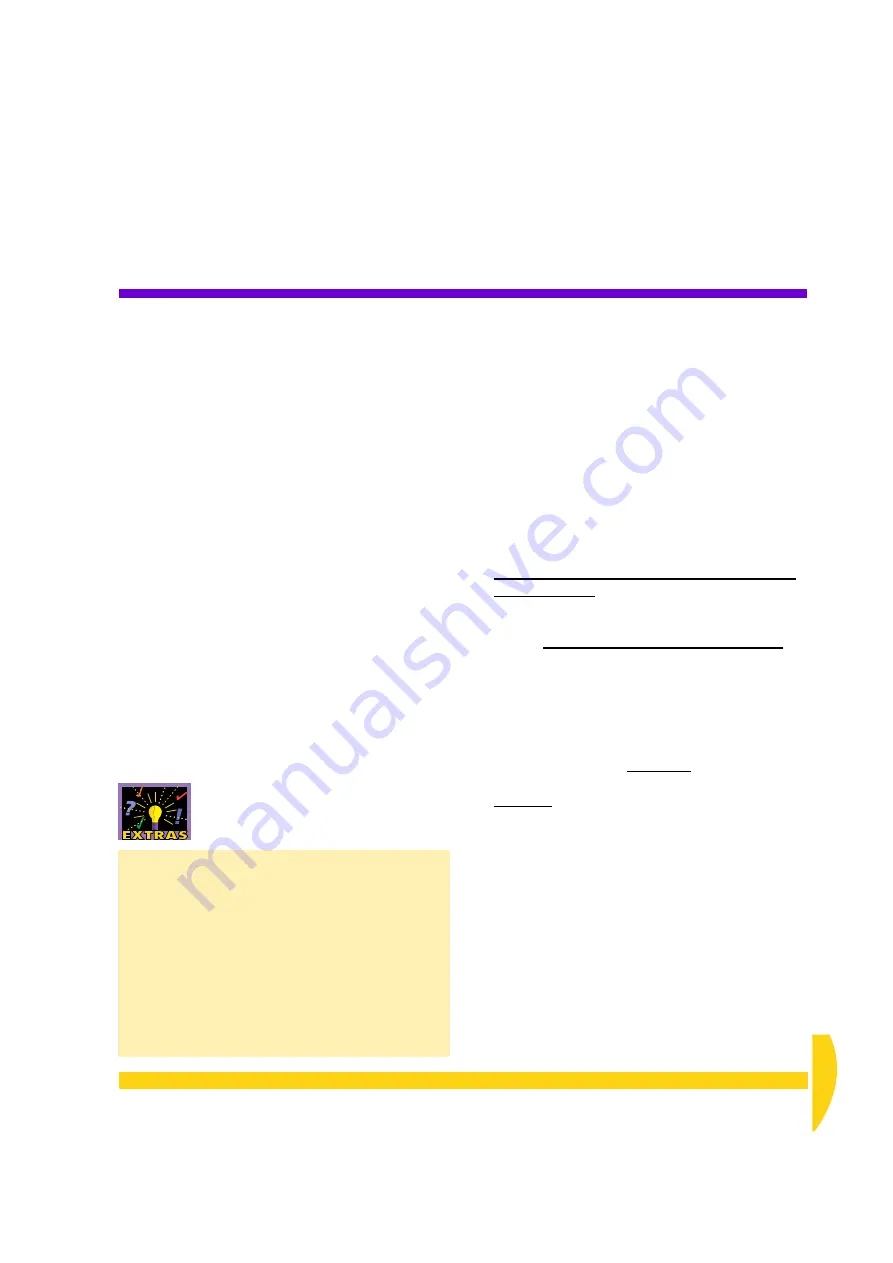
C
HAPTER
5 Y
OUR
F
IRST
P
ROGRAM
: DeLogger’s Program Builder Window
31
UM-0071-A0
CHAPTER 5
Y
OUR
F
IRST
P
ROGRAM
When you installed DeLogger in Chapter 3 you
created and named a DeLogger project (done in “Start
DeLogger” beginning on page 18). We called it
Project99
.
DeLogger is running on the computer and connected to
your DT800. You verified this in “Verify the
Connection” (page 20). You also connected the
potentiometer to channel 1 of the DT800, to simulate a
resistive sensor (page 15).
Now, in this chapter, you’ll
• get to know DeLogger’s program builder window —
• create a program using a program builder window
• see the “raw” version of your program — page 36
• send the program to the DT800 — page 36.
5-1
D
E
L
OGGER
’
S
P
ROGRAM
B
UILDER
W
INDOW
A DT800
program builder
window is DeLogger’s tool
for creating a DT800 program. As Figures 26 and 27
show, you use it by choosing various schedule,
channel and other items from drop-down lists and
dialog boxes.
Important Program Builder Facts
• Each program builder window creates just ONE
DT800 program.
Although the program may contain several
schedules and involve many DT800 channels,
there is only one program per program builder.
• A project can contain more than one program
builder — that is, more than one program.
Figure 17 on page 24 illustrates this.
(To add another project builder window, choose
New
on the File menu, then click the
DT800
Program
button.)
• A DT800 program is everything you specify in a
program builder window — everything defined on
every tab across the bottom of the program
builder.
• The DT800 can only run one program at a time.
When you send a new program, it replaces any
existing program in the DT800 (DeLogger first
ensures that this is what you want to do).
Analog Channels, Digital Channels —
What’s the Difference?
Analog channel
— accepts a continuous range of
input values between a minimum and a maximum.
Digital channel
— expects an input that has one of
only two values:
•
on
or
off
•
high
or
low
•
1
or
0
Often an analog channel is able to “read” a digital
input, but the reverse is not true.
Summary of Contents for DT800
Page 1: ...UM 0071 A0 ...
Page 2: ...UM 0071 A0 ...
Page 73: ...UM 0071 A0 ...
Page 74: ...UM 0071 A0 ...















































